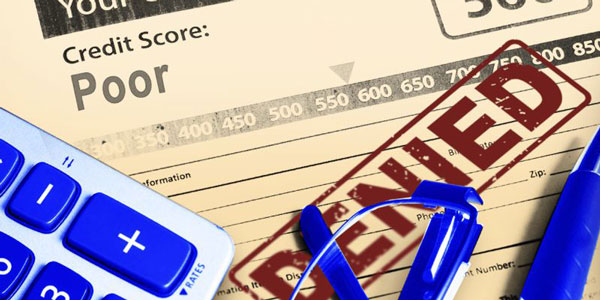Lenders, creditors, and other organizations look to your credit record to help them decide whether or not to provide you credit. It may be difficult to obtain credit or a loan if you have unfavourable information on your how to get items removed from credit report, such as a history of bankruptcies, late payments, collections, or foreclosures. You may take measures to get errors on your credit report removed. We will explain how to challenge incorrect or out-of-date information, communicate with creditors, and get legal representation if necessary. Following these suggestions, you may enhance your credit score and get closer to your financial objectives. Always keep an eye on your credit report and take immediate steps to fix any errors you see.
Review Your Credit Report
To challenge incorrect information on your credit report, you must first obtain a copy of the report. Once every 12 months, you can request a free copy of your how to get negative items removed from credit report from each of the three major bureaus. To obtain a free copy of your annual credit report, visit AnnualCreditReport.com. You should carefully examine your credit report for inaccuracies after you receive it. See if any incorrect, out-of-date, or otherwise questionable information on your credit report needs to be addressed. Please make a note of them so that you can dispute them with the appropriate bureaus.
Dispute Inaccurate Information
You must first dispute it if you want inaccurate information deleted from your credit report. You may do this by disputing the inaccurate information with the credit reporting agency. Provide receipts, letters, or other proof when contesting incorrect material. Specify why the item in question should be deleted from your get items removed from credit report and provide supporting documentation. Within 30 days of receiving your dispute, the credit reporting agency must complete its investigation and respond to you. A negative item on your credit record must be deleted if the credit reporting agency verifies that it is false.
Dispute Outdated Information

Negative things on your credit report may also be removed by disputing inaccurate or outdated information. When a set amount of time has passed, any unfavourable data included in your credit report must be erased per the Fair Credit Reporting Act (FCRA). The duration varies with the nature of the complaint. Examples of negative information that may stay on your credit report for over seven years include bankruptcies and collections. If you see it in your credit report, you may ask the credit reporting agencies to delete unfavourable information that is no longer accurate.
Negotiate With Creditors
You may negotiate with your creditors to have real negative things removed from your credit report if they are causing you undue hardship. For instance, if you have a collection account shown on your credit report, you may negotiate with the creditor to delete the account in return for the debt payment. Before making a payment, be sure you have a written copy of the agreement. After making the payment, check in with the creditor to ensure the negative item has been deleted.
Seek Professional Help

You can see an expert if you have trouble disputing or eliminating unfavourable things from your credit report. Credit repair organizations exist to assist you in denying inaccurate information found in your credit report. It's essential to exercise caution when selecting a credit repair agency. While some services may guarantee the complete deletion of insufficient information from your credit file, this is only sometimes achievable. It's also worth noting that not all businesses have reasonable pricing structures.
Conclusion
Eliminating damaging news from your credit record is a crucial step toward achieving your financial goals and improving your credit score. You may take charge of your financial future by keeping tabs on your credit report, contesting any false or outdated information, negotiating with creditors, and getting expert advice when necessary. Remember that improving your credit score will take time and may need patience and perseverance. You may raise your credit score and future access to credit and loans by taking the initiative and following the procedures indicated in this tutorial. The first thing you should do to improve your financial situation is to get a copy of your credit report and look it over for errors. You can repair your credit record and achieve your financial objectives if you put in the time and effort.







